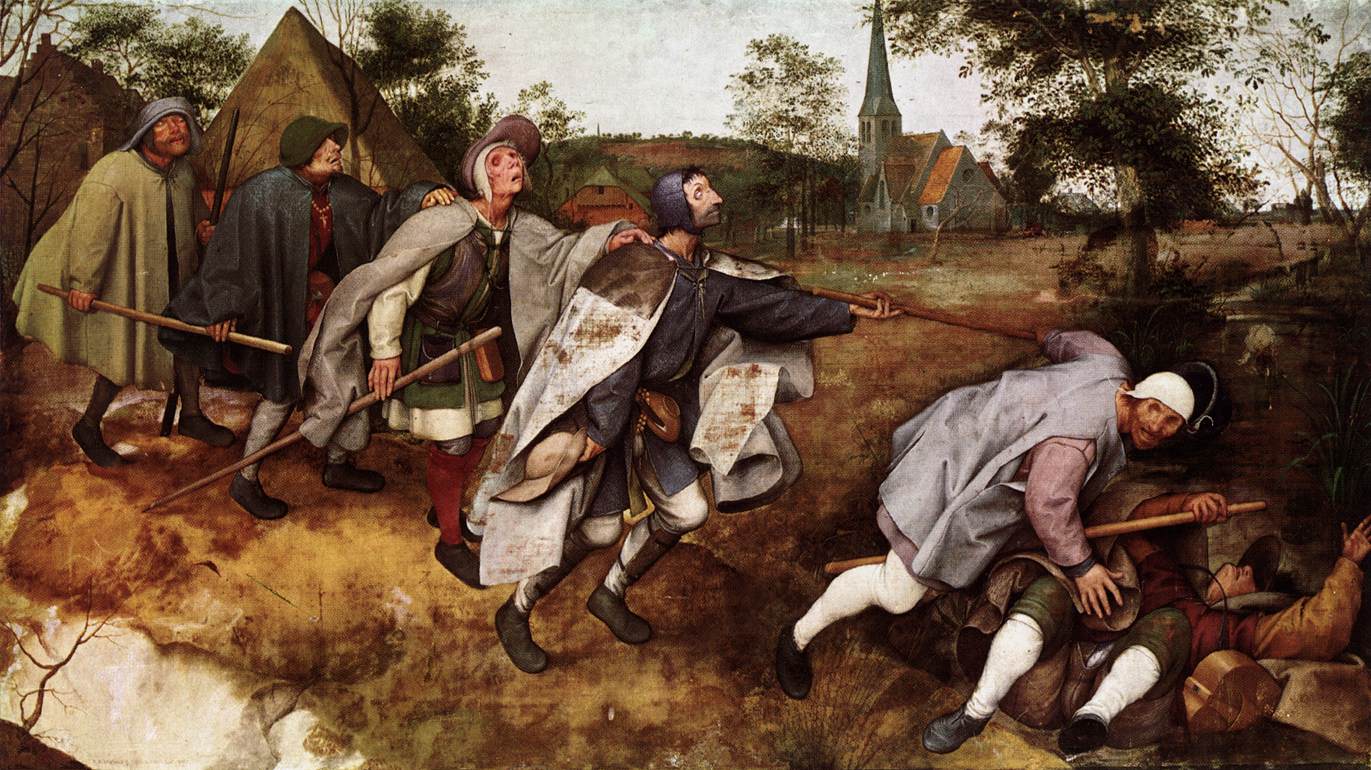Lost Sight – Series Introduction
CAN THERE BE SUCH A THING AS AN IMAGELESS FAITH?
Faith may, will, and must have its images! – Martin Luther
For many of the new forming Christian sects some 500 years ago, sacred images were completely wiped from their worship spaces and practices. Now, centuries after Martin Luther struck the match that started the massive revolution we know as the Protestant Reformation, many of those same groups continue to limit or exclude the use of religious imagery and art. In doing so, what has been gained? what has been lost? How does the Protestant Christian of today understand and see the connection between art and faith?
Since Christianity’s beginnings, followers of the faith have more often than not chosen to adorn their sacred and private worship spaces with imagery of various kinds. While there were a few specific eras in the Church’s story where visual artistic expression was rejected, it was not until the Protestant Reformation that things dramatically changed course. And even 500 years later there is still a cautiousness among Protestants when it comes to visual expressions of faith.
Part 2 – Christian Art Through the Ages
Part 3 – Martin Luther Dragon Slayer
Part 4 – Protestants Gone Wild
Part 6 – The Reformation’s Dynamic Duo
WHY I’M CREATING THIS SERIES
As both a Protestant Christian and an artist, I’ve wrestled with this connection since my teenage years. There seems to be a natural tendency in me to want to:
- explore my faith through artistic expression
- use my artistic gifts for worship
- use my artistic gifts for private prayer practices
- serve others with my artistic gifts
- create art that draws others deeper into faith
But, not all Protestant circles allow for such tendencies to be acted on. And in other circles, it comes down to an individual preference as to what is acceptable or not acceptable.
WHAT TO EXPECT IN THIS SERIES
This blog series of 12 in-depth articles seeks to explore the rejection or apprehensions Protestants adhere to, and if possible, break through any fears/misunderstandings that are holding us back from embracing God’s desire for visual art’s place in our worship spaces and practices.
In this series we will be covering more of the story surrounding Martin Luther and other reformers and their thoughts on images. I will be taking you back to Christianity’s early days, a time when images were prevalent and their presence a tool for teaching and an aid to worship and prayer. I’ll walk you through important image concepts and how they set a foundation that even Renaissance artists acknowledged and built on in their work. We’ll travel as well to the land of the Celts and explore the visual expressions of faith they developed during early centuries.
I look forward to having you join me for this special adventure!
The series cover artwork

The Parable of the Blind Leading the Blind (1568) by Pieter Brugel the Elder
I’ve chosen Pieter Bruegel the Elder’s piece, The Parable of the Blind Leading the Blind as the cover art for this series. This work was created in 1568 during the formative years of Protestant Reformation. The exact interpretation of this artwork has been greatly debated over the centuries, but one interpretation has a distinctly Protestant bent. It argues that the blind guides represent the Catholic Church, and the withered tree in front of the church the corruption that reformers, such as Martin Luther, were calling out. Considered the most powerful artistic interpretation of Christ’s parable found in Matthew 15, it serves in the context of this article series as call to look carefully at what and why we believe as we do concerning religious art and its role in our faith lives and communities.
my Sources & references for the series
Martin Luther – The Man Who Rediscovered God and Changed the World by Eric Metaxas, 2017.
Martin Luther – Treasures of the Reformation, Catalogue from the Here I Stand Luther Exhibitions USA 2016.
The Serpent and the Lamb – Cranach, Luther, and the Making of the Reformation by Steven Ozment, 2013.
The Reformation and the Visual Arts – The Protestant Image Question in Western and Eastern Europe by Sergiusz Michalski, 1993.
Likeness and Presence – A History of the Image before the Era of Art by Hans Belting, 1990.
What Great Paintings Say, Volume 2 by Rose-Marie Hagen, Rainer Hagen, 2002.
Martin Luther: The Idea that Changed the World – PBS Documentary Film, 2017.
Down an Ancient Path
The BIRCH TREE STUDIO BLOG
